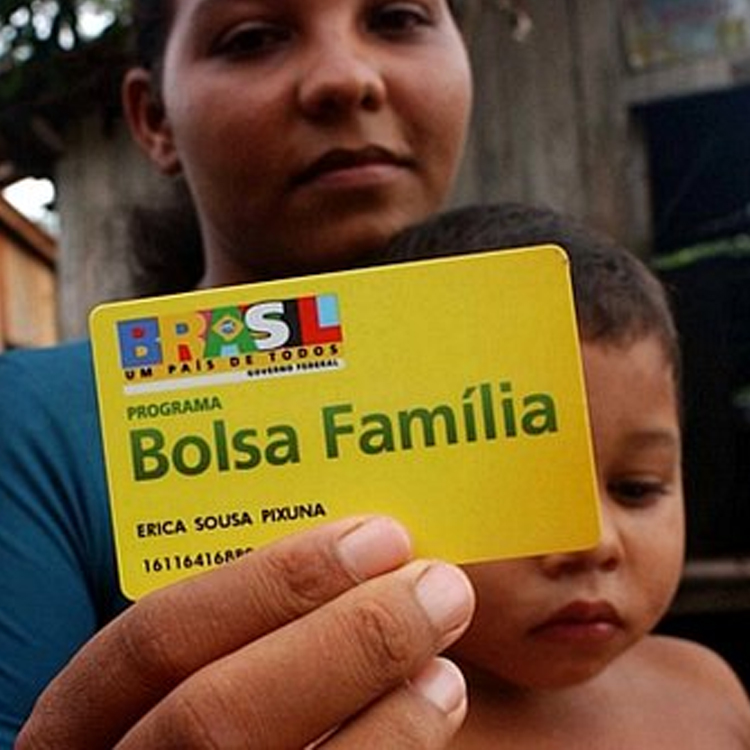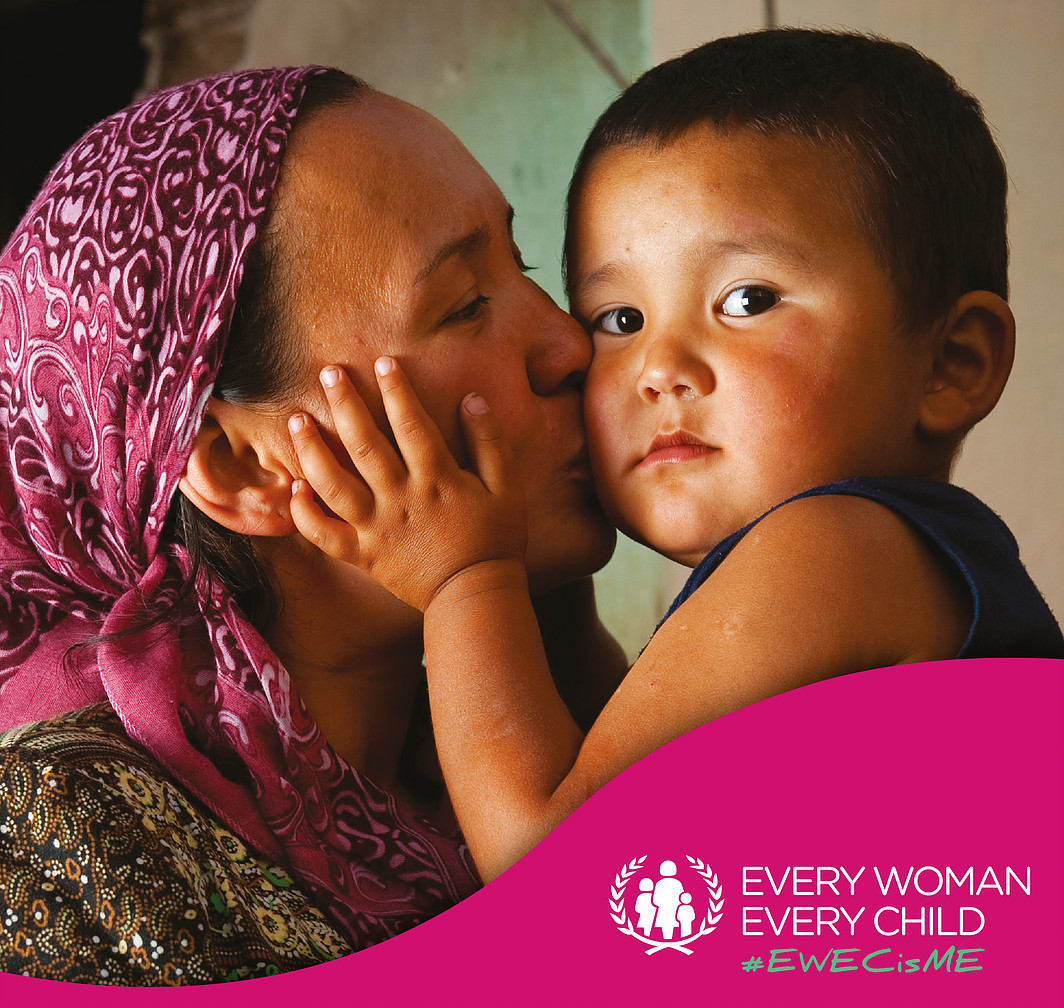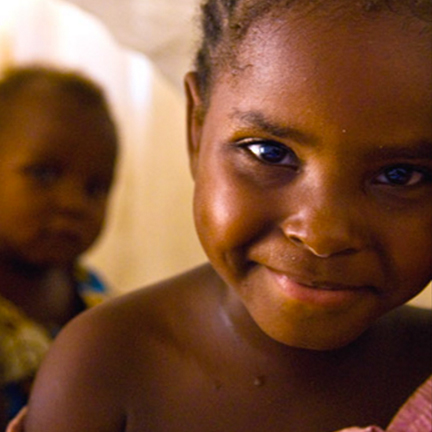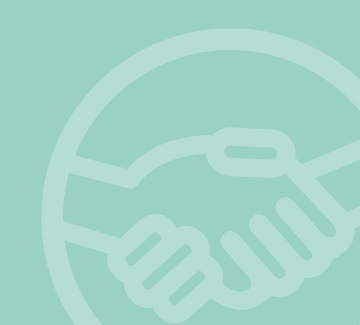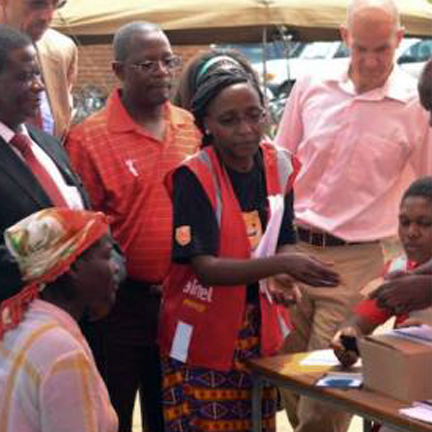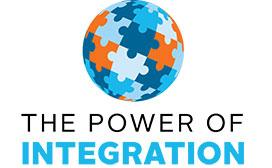Build Sustainable Financing and Partnerships for Girls and Women
The transformative power of girls and women is undeniable. It is time for development partners to invest wisely, invest together, and invest often.
Under the sustainable development agenda, development actors from across the spectrum have an opportunity to abandon traditionally siloed approaches and work together to positively impact girls’ and women’s lives through financial investment and strengthened multi-sector partnerships that deliver on an integrated agenda.

Need Evidence
and Strategies?
-

Gender equality programming amounted to only 4% of OECD Development Assistance Committee (DAC) members’ bilateral aid in 2015-2016
-

An estimated 73% of the global population lacks government-funded social protection coverage — as extreme poverty disproportionately affects women, this absence of a safety net hits them hardest
-
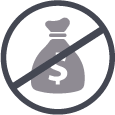
Funding for girls and women is particularly lacking in business, banking, financial services, social infrastructure services, energy, and water supply sectors
-
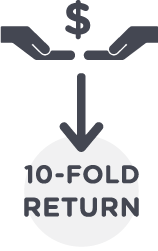
Investments in reproductive, maternal, newborn, child, and adolescent health yield at least a 10-fold return through better education, workforce participation, and social contributions
-
If women’s informal labor were recognized and they were to participate in the economy at the same rate and level as men, there could be a $28 trillion increase in global GDP by 2025
Investing in girls and women creates a ripple effect that yields multiple benefits, not only for individual women, but also for families, communities, and countries. Cross-sector partnerships enrich the most vulnerable, promoting truly sustainable development. If all stakeholders invest wisely in gender equality, leveraging the strengths of key players across sectors, countries will benefit from better health, higher education, and economic growth.
Solutions in Action
-
Brazil’s Bolsa Familia
Through Brazil’s Bolsa Familia program, qualifying families receive a small monthly cash transfer -- distributed directly to the female head of household –in exchange for keeping children in school and taking them to regular health checks. The program was spearheaded with support from both the World Bank and the Brazilian government, and has contributed to the rapid reduction of poverty in Brazil – accounting for up to 25% of Brazil’s reduction in inequality and 16% of the drop in extreme poverty. These promising outcomes have directly contributed to intergenerational development and economic growth. -
Every Woman Every Child: An Innovative Partnership
Every Woman Every Child is a global movement to mobilize and intensify action by governments, the United Nations, multilaterals, the private sector, and civil society to address health challenges facing women, children, and adolescents. EWEC is focused on mobilizing all sectors to enact the Global Strategy for Women’s, Children’s, and Adolescents’ Health, a roadmap to end all preventable deaths of women, children, and adolescents within a generation. Since the launch of EWEC and the first Global Strategy in 2010, there has been significant progress for women’s, children’s, and adolescents’ health, including: • Coverage of oral rehydration therapy has increased by 49% • Exclusive breastfeeding has increased by 44% • 11 million additional women have given birth in a health facility • 8.4 million more women and girls use modern contraception • 67% of HIV-positive pregnant women received antiretroviral medicines in 2013, up from 48%, improving maternal health and preventing HIV transmission The newly-updated Global Strategy, launched in 2015, has incorporated lessons learned and new evidence in the field to more effectively address the health needs of women, children, and adolescents. The strategy has a new focus on newborns, adolescents, and those living in fragile and conflict settings. It also encompasses intersectional interventions, including strengthening health systems, insurance coverage, education, nutrition, water, sanitation, and hygiene programs. -
-
Global Financing Facility
The goal of the Global Financing Facility (GFF) is to end preventable maternal, newborn, child, and adolescent deaths and improve the health and quality of life of women, adolescents and children, preventing up to 3.8 million maternal deaths, 101 million child deaths, and 21 million stillbirths in high‐burden countries by 2030. The GFF aims to marshal more than $57 billion between 2015 and 2030 by leveraging partnerships with donors across sectors, and strengthening the utilization of domestic resources to strengthen country ownership. -
Malawi’s Zomba Cash Transfer Program
The Zomba Cash Transfer Program provides monetary incentives, in the form of school fees and cash transfers, to schoolgirls and recent dropouts on the condition that they stay in or return to school. The intervention was designed as a randomized control trial to assess its effectiveness, and evaluations showed that these transfers bore significant results. For program beneficiaries who had been out of school, the probability of getting married declined by 40% and the probability of becoming pregnant declined 30%. The onset of sexual activity was 38% lower among all program beneficiaries than among their peers. This program shows that, with the right combination of incentives, cash transfers can be a powerful tool not only to keep girls in school, but to also positively impact their sexual and reproductive health.
Policy Asks
-
Focus on women, children, and adolescents in political and funding priorities across SDG targets and indicators, and ensure timebound implementation of transparent, reliable funding streams that honor their commitments made in international and regional agreements.
-
Increase spending through integrated and innovative approaches (including progressive taxation), and develop gender-responsive budgets in line with the SDG commitments made to girls and women.
-
Support countries to effectively monitor and audit taxes and budgets to finance SDG investments.
-
Develop new partnerships across sectors, foster horizontal investments, account for social determinants of health, and work toward more sustainable domestic financing to boost efficient financing and implementation of the SDGs and examine alternative forms of financing to help meet demands.
-
Account for, develop, and manage sound, equitable budgets in line with funding the SDGs.
-
Strengthen government accountability and call out corruption and negligence in all sectors.

